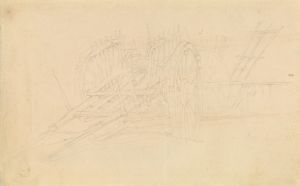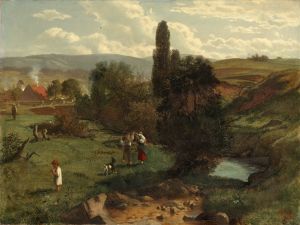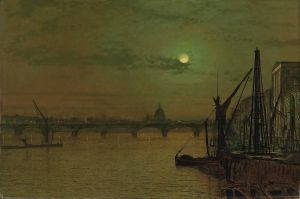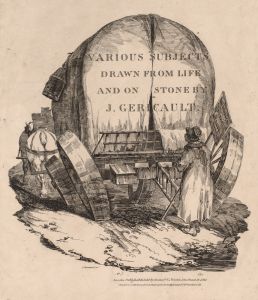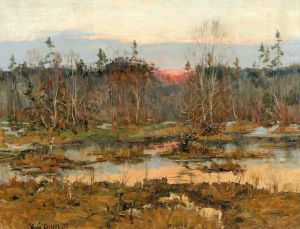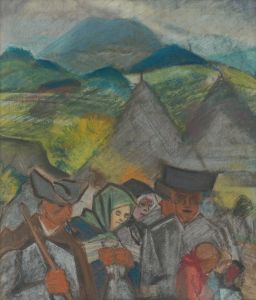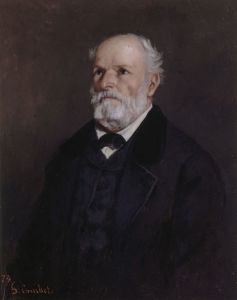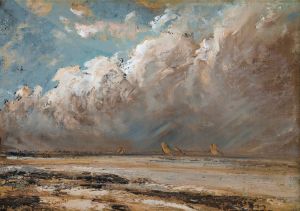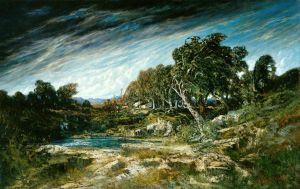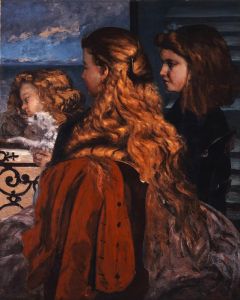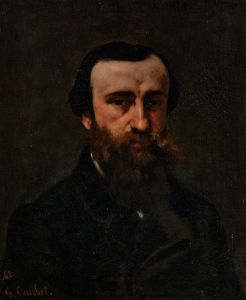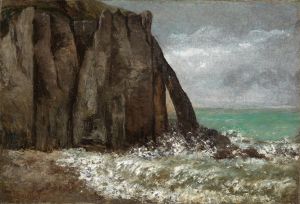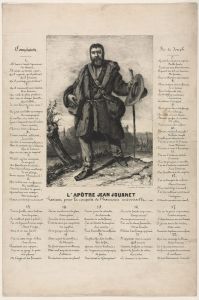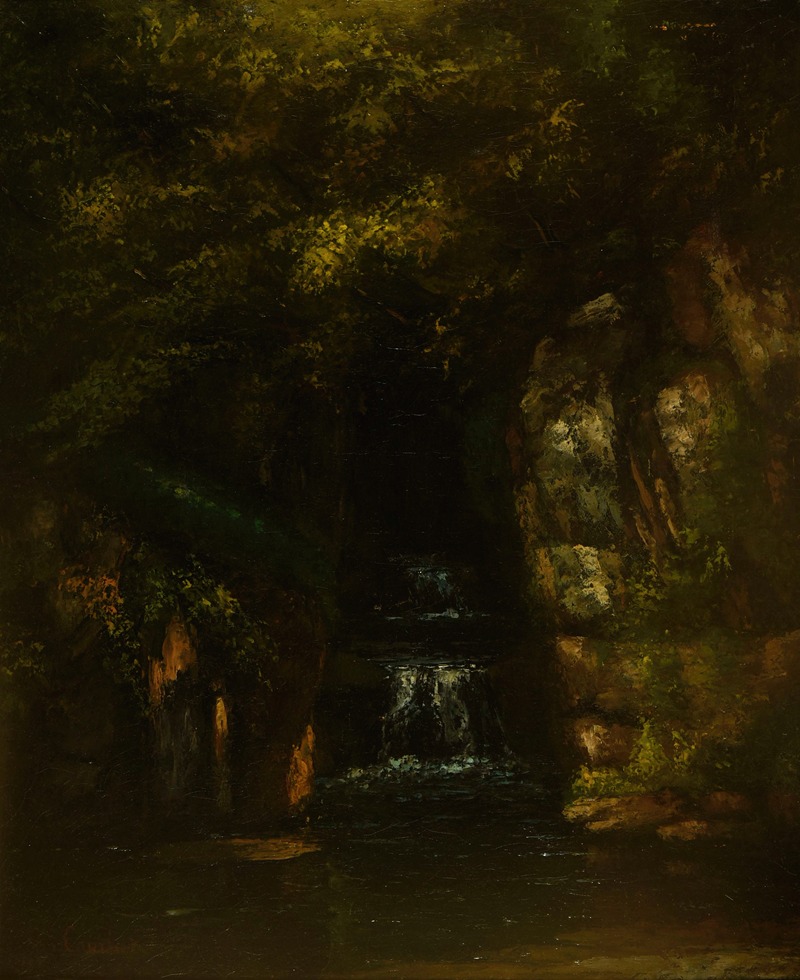
Paysage sans ciel
A hand-painted replica of Gustave Courbet’s masterpiece Paysage sans ciel, meticulously crafted by professional artists to capture the true essence of the original. Each piece is created with museum-quality canvas and rare mineral pigments, carefully painted by experienced artists with delicate brushstrokes and rich, layered colors to perfectly recreate the texture of the original artwork. Unlike machine-printed reproductions, this hand-painted version brings the painting to life, infused with the artist’s emotions and skill in every stroke. Whether for personal collection or home decoration, it instantly elevates the artistic atmosphere of any space.
Gustave Courbet, a prominent French painter and a leading figure in the Realist movement, created the painting "Paysage sans ciel" (Landscape without Sky) in the mid-19th century. Courbet is renowned for his commitment to depicting ordinary scenes and landscapes with a high degree of naturalism, often eschewing the idealized and romanticized subjects that were popular in academic art of his time.
"Paysage sans ciel" is a notable example of Courbet's landscape paintings, characterized by its focus on the earth and natural elements without the inclusion of the sky, which is a departure from traditional landscape compositions. This approach emphasizes the textures, forms, and colors of the terrain, drawing the viewer's attention to the details of the natural world.
The painting showcases Courbet's masterful use of color and light to create a sense of depth and realism. His technique involves the application of thick layers of paint, known as impasto, which adds a tactile quality to the surface of the canvas. This method allows Courbet to capture the ruggedness and vitality of the landscape, making the viewer feel as though they are part of the scene.
Courbet's landscapes, including "Paysage sans ciel," often feature scenes from his native region of Franche-Comté in eastern France. The region's diverse topography, with its forests, rivers, and rocky outcrops, provided ample inspiration for Courbet's work. His intimate knowledge of the area is evident in the authenticity and specificity of his depictions.
The absence of the sky in "Paysage sans ciel" directs the viewer's focus entirely on the land itself, highlighting the textures and forms of the natural environment. This compositional choice can be seen as a reflection of Courbet's realist philosophy, which sought to portray the world as it is, without embellishment or idealization. By omitting the sky, Courbet challenges traditional landscape conventions and invites viewers to engage more deeply with the physicality of the scene.
Courbet's work, including "Paysage sans ciel," had a significant impact on the development of modern art. His rejection of academic norms and his focus on everyday subjects paved the way for future movements such as Impressionism and Post-Impressionism. Artists like Claude Monet and Paul Cézanne were influenced by Courbet's innovative approach to composition and his dedication to capturing the essence of the natural world.
"Paysage sans ciel" remains an important piece within Courbet's oeuvre, exemplifying his skill as a landscape painter and his commitment to realism. The painting is held in various collections and continues to be studied and admired for its contribution to the evolution of landscape painting in the 19th century.
In summary, "Paysage sans ciel" by Gustave Courbet is a significant work that reflects the artist's realist approach and his innovative compositional choices. By focusing on the land and omitting the sky, Courbet challenges traditional landscape conventions and emphasizes the textures and forms of the natural world, making a lasting impact on the trajectory of modern art.





